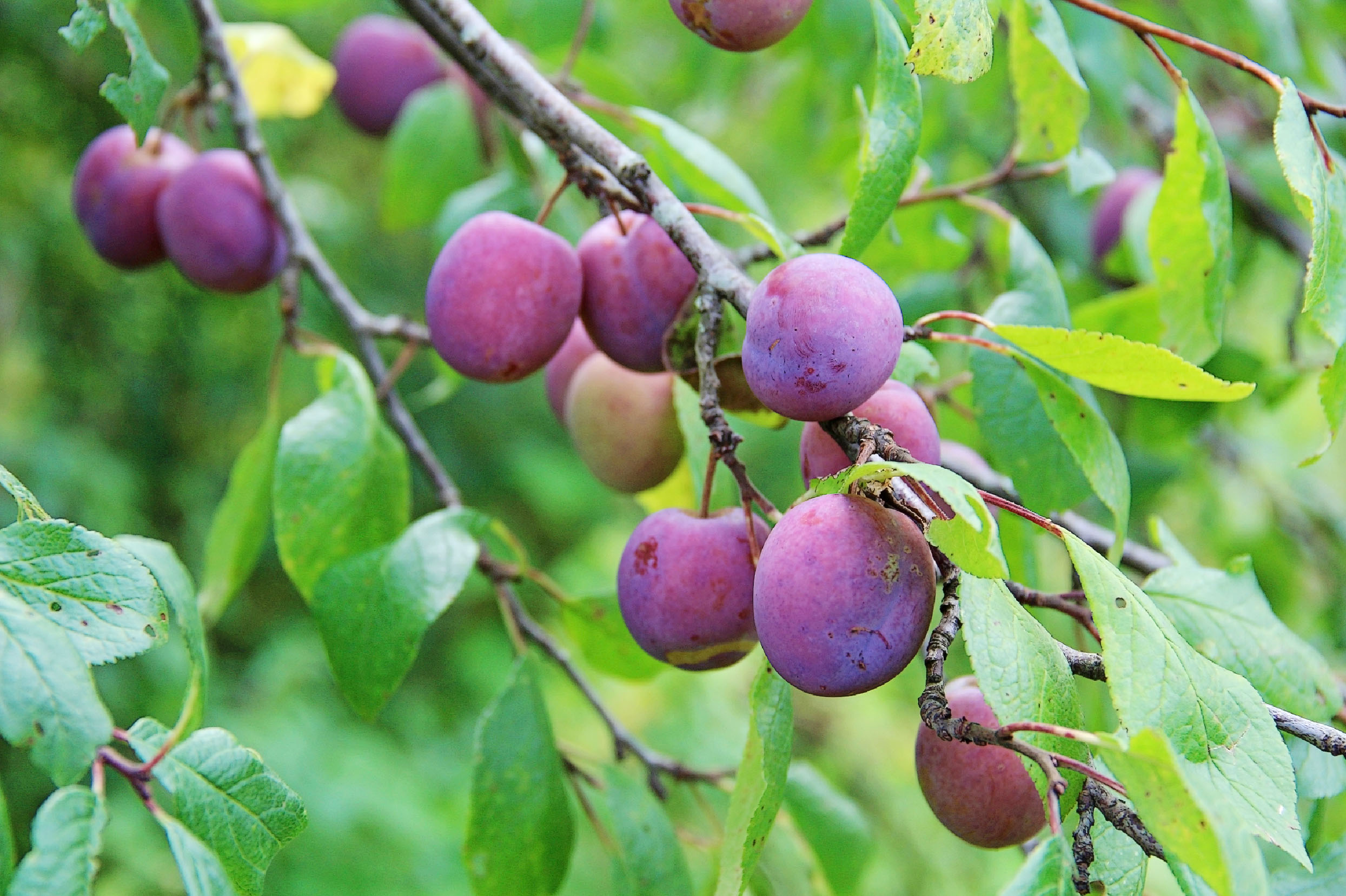Garden View

Have you ever wished you could grow fresh fruit in your garden but worry the space is too small, or it won’t look pretty, or it’s too difficult?
What if I was to tell you that even a beginner can successfully grow a wide variety of fruit from apples and pears to plums, cherries, blueberries and raspberries, and possibly even figs or nectarines?
The first thing you need to know is that the sweeter the fruit is meant to be the more sun it will require. Sun boosts sugar levels. If you have a sunny wall it’s an ideal place to train a sun-loving fruit tree like a peach or an apricot. Plant the tree at the base of the wall but not too close (about 30cm is about right) in soil enriched with fertiliser and good quality compost. As it grows splay the branches evenly and attach them to the wall. As the plant grows gradually cut out old straggly branches and tie in new healthy branches. The idea of splaying or ‘fanning’ is that as much sun as possible gets to the fruit, so it can ripen beautifully and maximise your crop. It also has the benefit of being a great space saver. Choose a variety that won’t grow too large.

In slightly shadier spots you can grow gooseberries or raspberries, or my favourite morello cherries. Most of these come in compact varieties and can also be fan-trained against a wall if space is an issue.
I have a tiny orchard of minarettes – space-saving apple, pear and plum trees bought as single vertical stems which I grow in pots. They grow to a maximum of 6 feet / 2m high and no wider than 45cm. My children love them! Simply cut back the side stems to about 10cm at this time of year and you’re good to go. Just remember that pot-grown plants rely totally on you for their food and water. Thick glazed / non-porous pots are best because they retain water and act as insulation in extreme cold. Use the correct compost and food for the plant but most will do well with a regular high potash liquid feed from early spring to late summer.
As a gardener I was quite late to fruit-growing, but I realised quickly that it becomes an addictive hobby. And as a complete bonus I’ve noticed a definite increase in my bee population over the past few years. Free food, and good for the environment too. What could be better?

